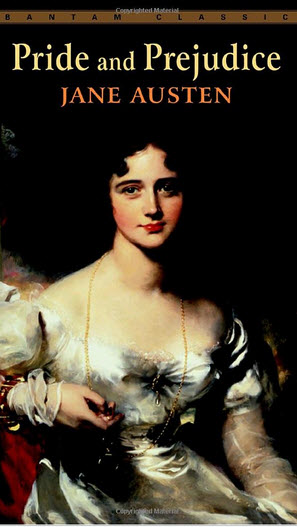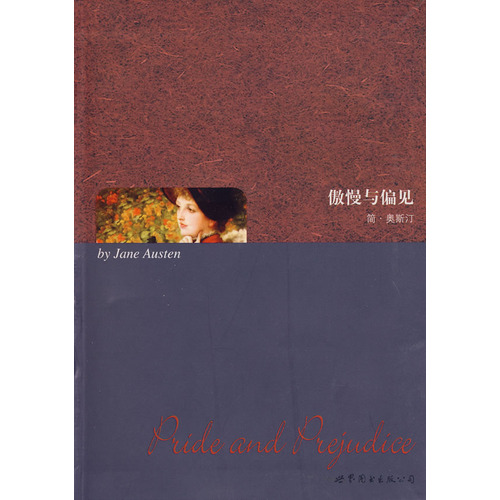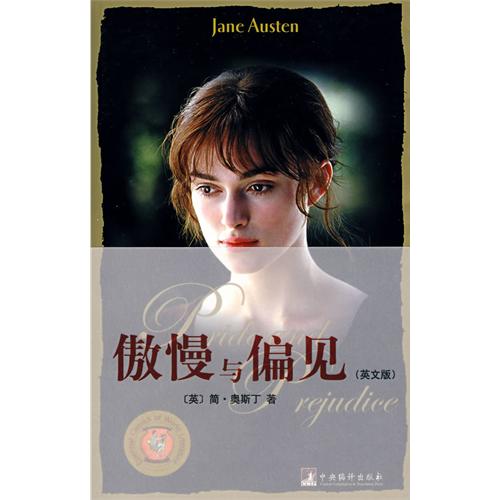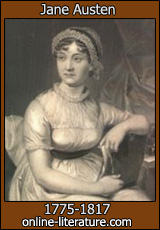
2010-9-29 18:55 上传
下载附件 (39.9 KB)




 附件: Pride_and_Prejudice_NT@txtnovel.com.rar (2009-8-7 13:39, 810.86 KB) / 下载次数 1883
附件: Pride_and_Prejudice_NT@txtnovel.com.rar (2009-8-7 13:39, 810.86 KB) / 下载次数 1883 图片附件: Pride and Prejudice 3.jpg (2010-9-29 18:55, 39.9 KB) / 下载次数 77
图片附件: Pride and Prejudice 3.jpg (2010-9-29 18:55, 39.9 KB) / 下载次数 77
 图片附件: pride and prejudice 1.jpg (2010-9-29 18:55, 66.56 KB) / 下载次数 81
图片附件: pride and prejudice 1.jpg (2010-9-29 18:55, 66.56 KB) / 下载次数 81
 图片附件: pride and prejudice.jpg (2010-9-29 18:55, 26.39 KB) / 下载次数 61
图片附件: pride and prejudice.jpg (2010-9-29 18:55, 26.39 KB) / 下载次数 61
 图片附件: austen.jpg (2010-9-29 19:01, 35.41 KB) / 下载次数 67
图片附件: austen.jpg (2010-9-29 19:01, 35.41 KB) / 下载次数 67








| 欢迎光临 书香门第 (http://www.txtnovel.vip/) | Powered by Discuz! X2 |